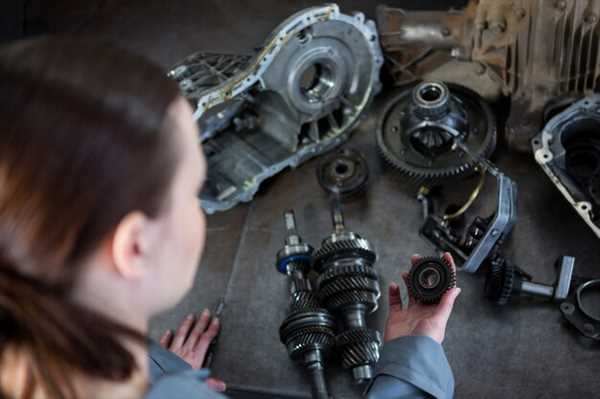
Pay attention to the noticeable sounds emanating from the engine compartment, such as a high-pitched whirring or squeaking. This could indicate that the accessory mechanism is under strain or that small parts within the engine are beginning to wear out. Ignoring these auditory cues might lead to more severe complications.
Furthermore, experience difficulty in starting, especially if the engine appears sluggish or unresponsive. This could be a clear indication that critical components are not functioning optimally, and a thorough examination is necessary to address potential underlying causes.
Vigilance is required if your automobile shows fluctuations in power while driving. A sudden loss of acceleration or inconsistency in engine performance could signal that the connective elements are no longer providing a secure link, which can compromise overall functionality.
Additionally, if you observe visible fraying or cracking on the surface of the unit, it’s time to consider immediate inspection. These surface imperfections can compromise performance, and addressing them promptly can prevent further damage.
Regular maintenance checks are advisable to keep these crucial components functioning smoothly. Being proactive about potential issues can save you from significant repairs and ensure a more reliable driving experience.
Unusual Noises Indicating Timing Belt Issues

Pay attention to any grinding or squeaking sounds coming from the engine compartment. These noises could signal a problem related to the timing component. If a high-pitched whirring is present, it’s often linked to the tensioner or idler pulleys malfunctioning.
Listen for a slapping or knocking sound, which might indicate a loose or damaged belt successfully failing to maintain proper rotation. If the engine exhibits a noticeable change in sound while idling or accelerating, it’s time to have the system inspected.
Uncommon clattering sounds can also result from misalignment issues in the structure. Do not ignore these auditory symptoms, as they may escalate to more severe mechanical problems if neglected.
Regular checks can prevent major failures. If you experience any of these noises, consult a professional for an evaluation to ensure safe operation and longevity.
Warning Lights and Dashboard Alerts Related to the Timing Belt

Pay attention to the check engine light. It could indicate various issues, including problems with the component in question. A blinking light typically means a more serious condition that requires immediate investigation.
Monitor any unusual dashboard alerts that are associated with engine performance. A sudden drop in power or hesitation during acceleration can suggest that the crucial component is not functioning correctly.
Look for specific indicators linked to engine overheating. If the temperature gauge rises unexpectedly, it may signal underlying problems stemming from the part under discussion.
Keep an eye on oil pressure warnings. Insufficient lubrication or oil leaks can affect the performance of the chain, leading to potential engine damage.
Frequent notifications from the onboard diagnostic system warrant exploration. Use a scanner to retrieve any trouble codes that could provide more detailed insights into the issue.
Listen for abnormal sounds from the engine bay. If you detect a loud, rattling noise, this could suggest that the crucial part has developed issues, which might require urgent attention.
Engine Performance Changes Associated with Timing Belt Failure
Experiencing a decline in power while accelerating can be a red flag. This issue often results from an aging or damaged component, which can disrupt the synchronization between the crankshaft and camshaft.
Unusual noises from the engine compartment, such as a ticking or slapping sound, may indicate that this component is starting to wear out or misalign. Addressing the noise promptly can prevent further damage.
An erratic idle is also a common symptom. If the engine hesitates or shakes while idling, it can signify that valve timing is off, stressing the engine’s performance and efficiency.
Fuel efficiency often decreases when this part is not functioning correctly. If fuel consumption rises unexpectedly, it may link back to poor synchronization and improper engine timing.
Watch for overheating. A failing component can put additional strain on the engine, leading to elevated temperatures and potential long-term damage if left unchecked.
Pay attention to engine warning lights. In many modern systems, a malfunction will trigger a check engine light. Scanning for error codes can quickly identify if the root issue arises from timing-related problems.
Regular maintenance checks are crucial for detecting these performance changes early on. If any symptoms arise, consult with a professional mechanic to avoid extensive repairs later.
